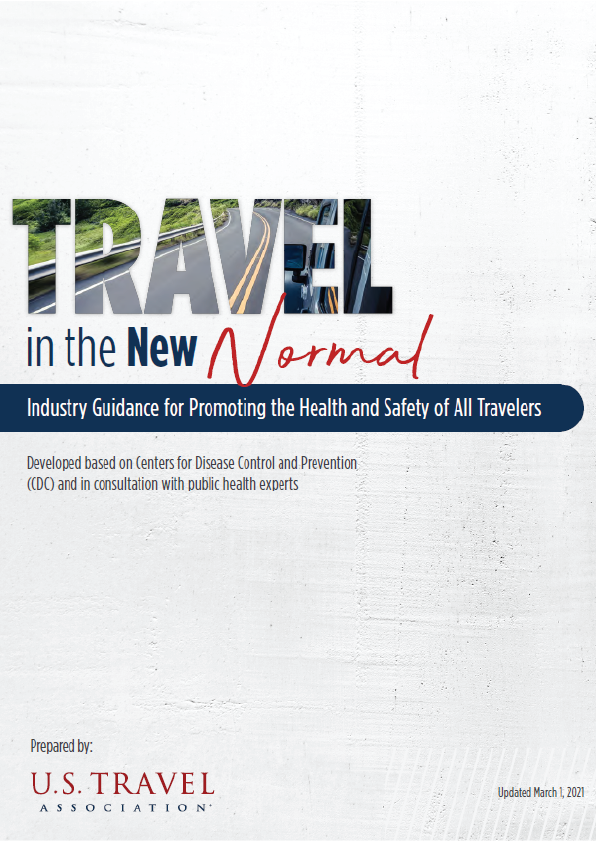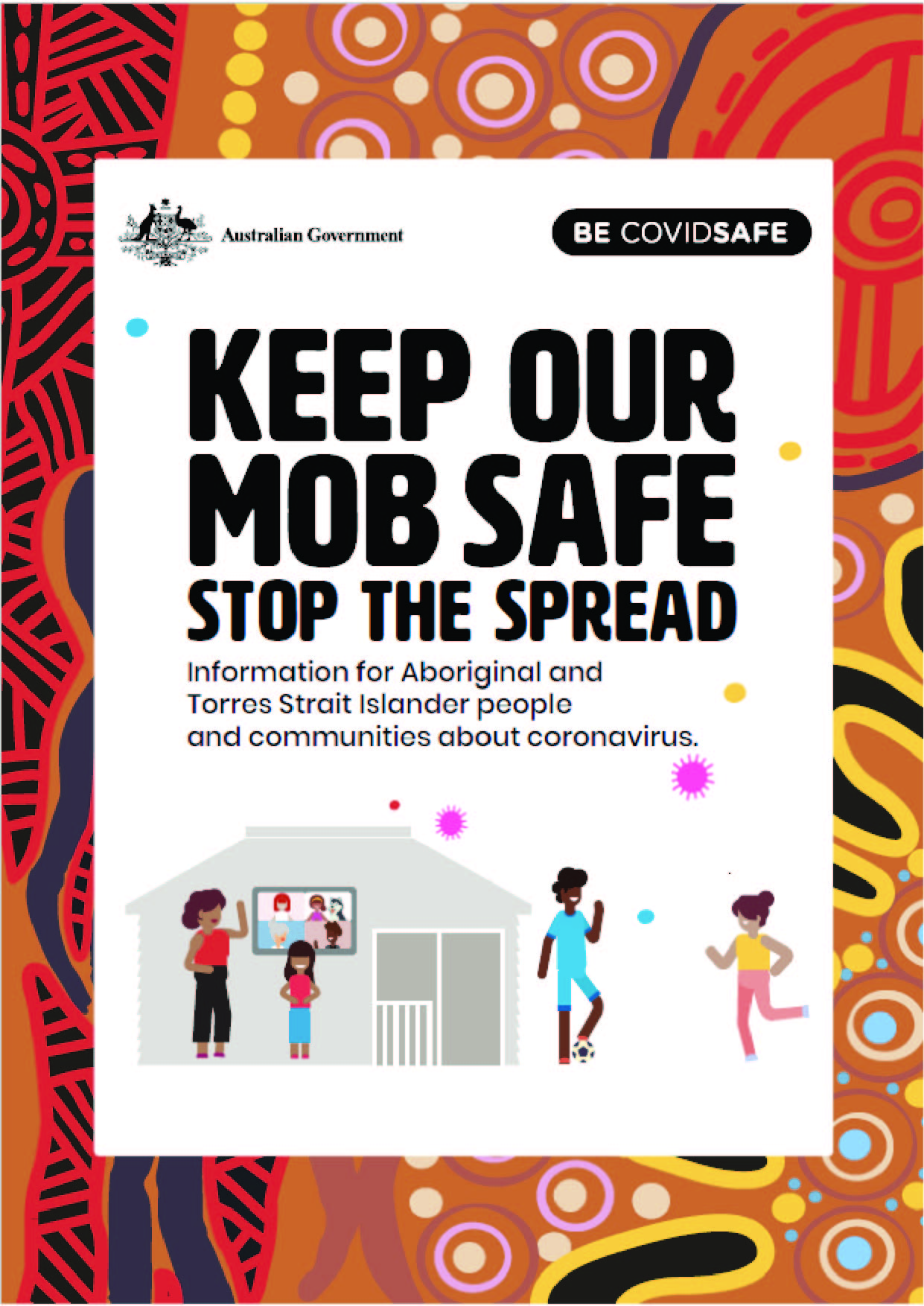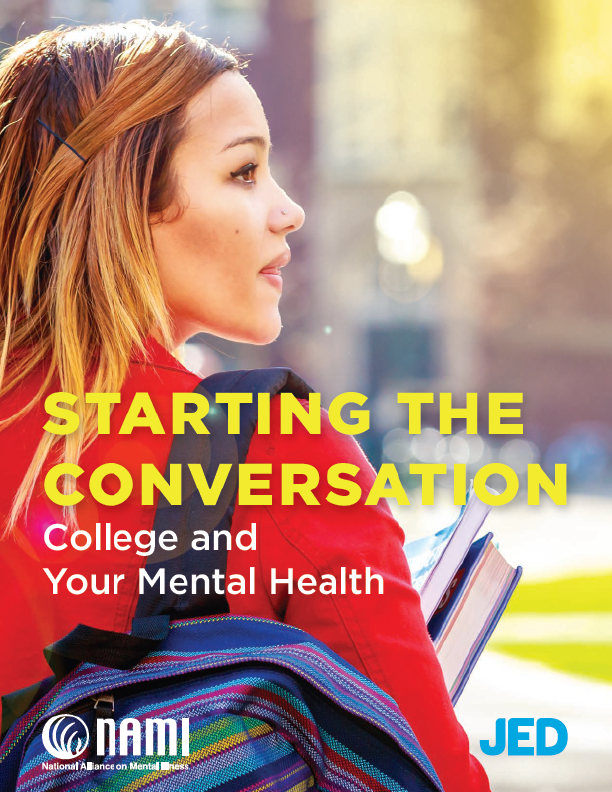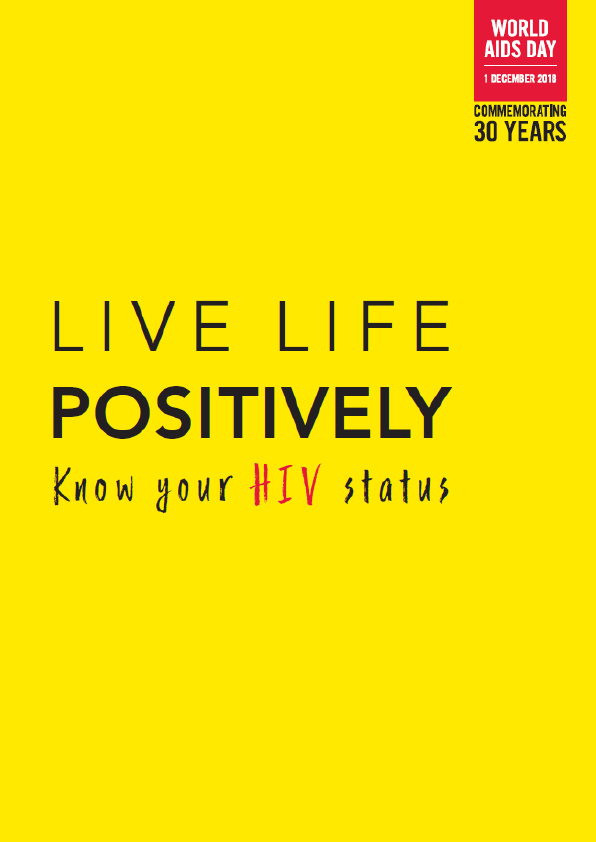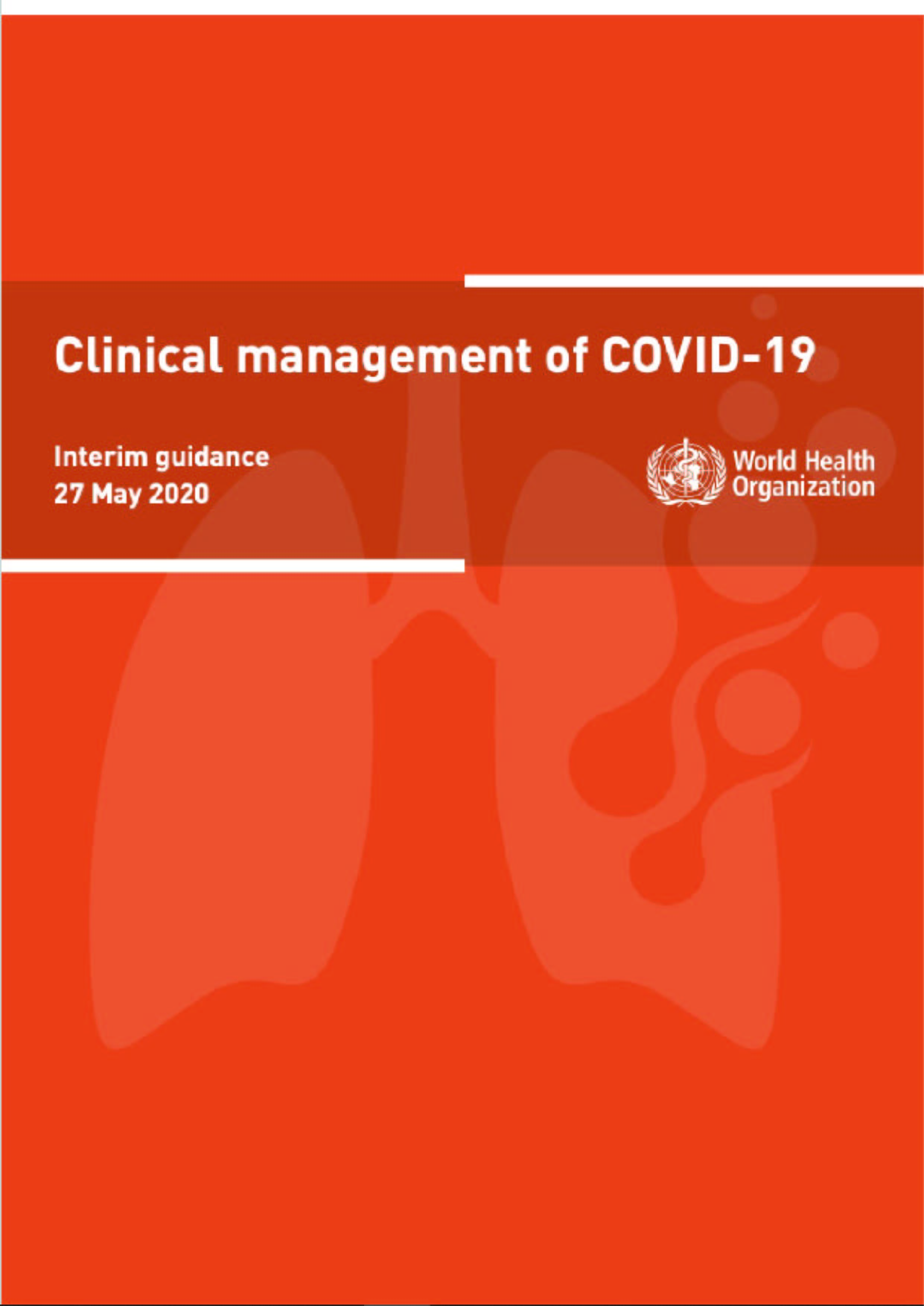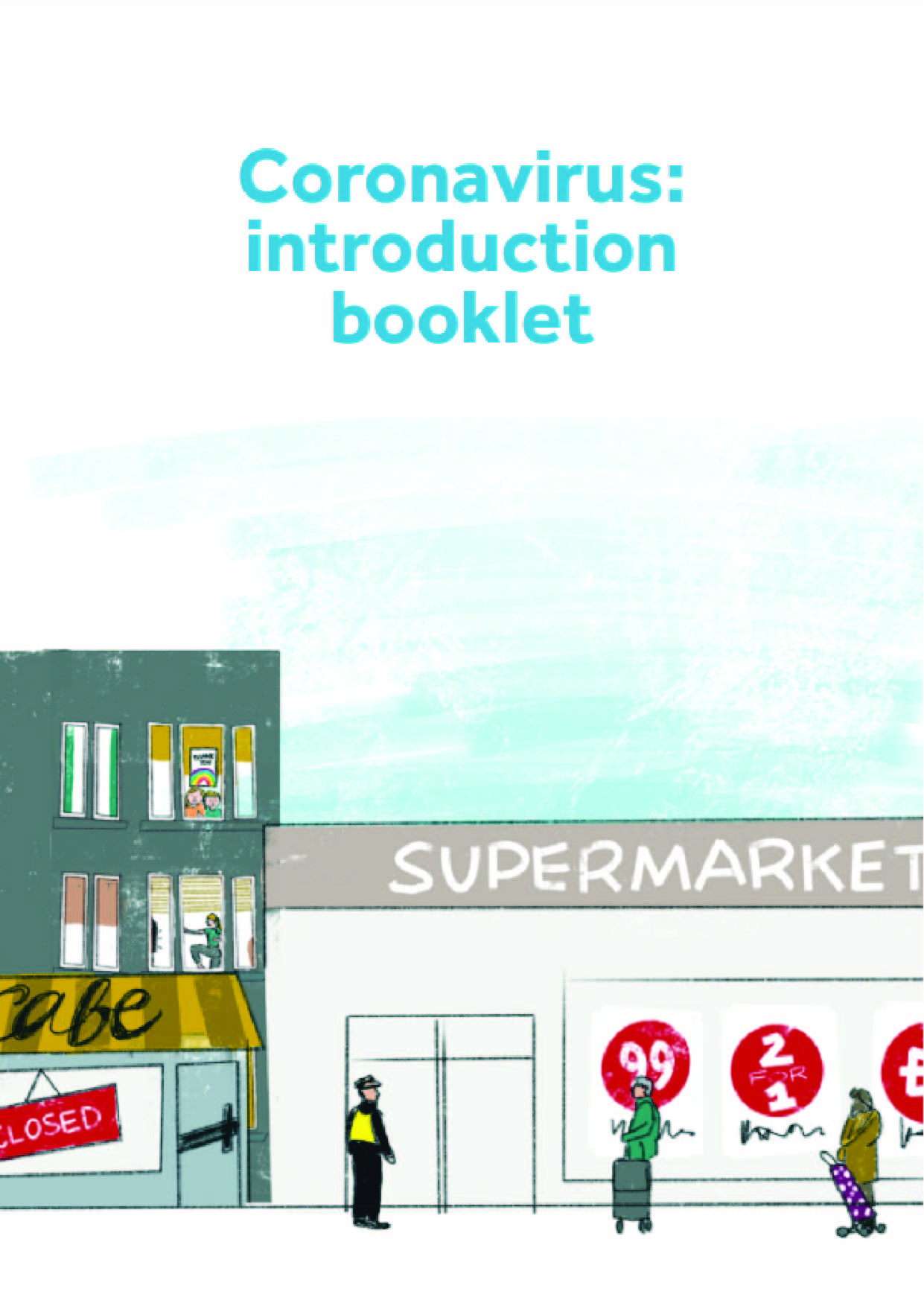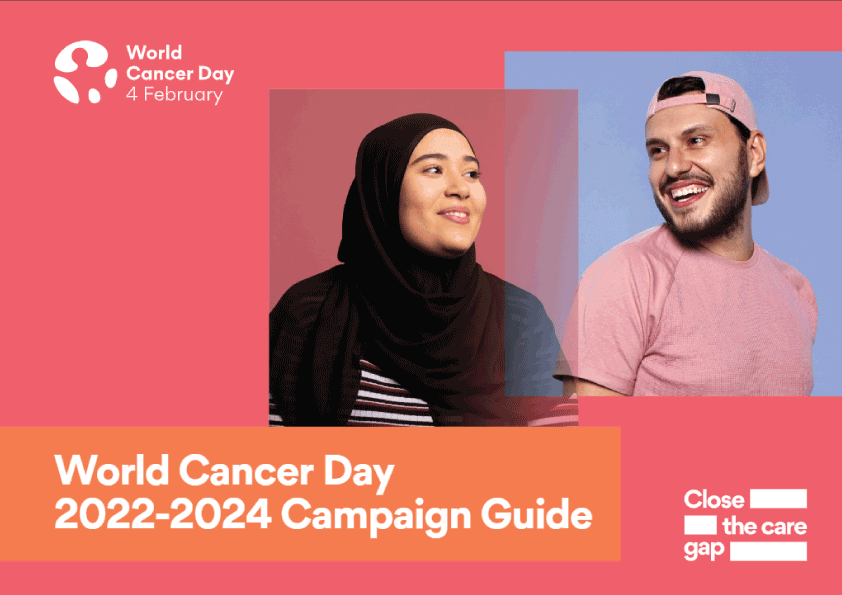The U.S. travel industry has been following rigorous, industry-wide health and safety guidance originally published in May 2020 in response to the COVID-19 pandemic. Developed in close collaboration between medical experts and travel leaders, our guidance has enabled multiple segments of the travel industry to welcome guests safely and responsibly and keep the travel workforce protected. The guidance has been updated regularly to reflect the latest sciencebased recommendations. Since its publication, additional medical research has confirmed our original guidance can effectively prevent the transmission of the virus.
In recent months, the science and data have become clearer and the known efficacy of certain practices has progressed, as have developments with vaccines and newly discovered mutations. During recent months, multiple variants of the virus that causes COVID-19 have been documented in the United States and globally during this pandemic. These variants seem to spread more easily and quickly than other variants, and may increase the number of cases worldwide. However, with several authorized vaccines now available in the United States, studies suggest that antibodies generated through vaccination recognize these variants and protect against them with varying levels of efficacy. Vaccination is yet another protective layer against COVID-19 and, paired with preventive measures in health and safety, offers the best protection from COVID-19.
The clearest lesson learned from last year is that responding effectively to COVID-19 is a shared responsibility requiring a multi-layered approach. We must all work together. Travelers must do their part by adopting safe travel practices and following science-based guidelines to help protect themselves, the health of their family and all those around them.
The following updated guidance underscores the essential role the travel industry plays in promoting the health and safety of our customers and employees. It was developed in collaboration with all segments of the travel industry—hotels, resorts, airports, airlines, attractions, restaurants, retail, rental cars, meeting venues, event producers, travel advisors, cruise lines, vacation rentals etc.— who, with input from public health experts, reached agreement on a core set of health and safety guidance for the industry to adapt to their businesses. This guidance builds upon and is aligned with CDC evidence-based guidelines for travel during the COVID-19 pandemic.
The travel industry’s embrace and implementation of this guidance demonstrates how seriously we take COVID-19 and the threat it presents. While we have made tremendous progress in reopening travel businesses and welcoming our customers, we still have a long way to go before travel fully recovers from this historic challenge. By recommitting to these effective practices and continuing to work together, we can accelerate travel’s rebound and get more Americans safely traveling again.
Travel businesses should adapt operations, modify employee practices and/or redesign public spaces to help protect employees and customers.
Travel businesses should follow strategies designed to reduce risks of COVID-19 transmission. Strategies should include operational changes, new employee practices or reimagining high-traffic public spaces. Strategies should also align with CDC guidance to build confidence with travelers and industry employees that their health and safety is our top priority.
These strategies should include practices such as:
- Wearing masks to protect both the mask wearer and others. The travel industry strongly urges all travel employees and customers to wear masks. A wealth of information from medical experts makes clear that wearing a mask is a highly effective tool to prevent the spread of infection;
- Reinforcing hand hygiene which can decrease the risk of transmission of respiratory viruses by ~50%;
- Encouraging physical distancing by ensuring by posting new signage to ensure proper separation in lines and common areas, discouraging congregating in crowded areas, reconfiguring public spaces, or limiting the number of employees and customers in various areas;
- Thinking creatively to limit staff physical contact with customers where practical while still delivering superior service, for example, through online ordering, curbside service delivery, automated entrances and other practices;
- Utilizing personal protective equipment (PPE); Installing physical barriers, such as transparent screens to provide proper separation between customers and employees;
- Educating both employees and customers about their shared responsibility to help protect each other in a COVID-19 environment.
Travel businesses should consider implementing touchless solutions, where practical, to limit the opportunity for virus transmission while also enabling a positive travel experience.
This could mean implementing touchless or low-touch solutions, along with pursuing technological and innovative practices to further promote safe and enjoyable experiences. Such measures may include adopting contactless technologies or procedures for:
- Purchasing tickets;
- Limiting queues;
- Confirming identification;
- Checking in / checking out;
- Paying for goods and services;
- Automating ordering and pick-up for food and services;
- and A broader range of travel and hospitality amenities.
